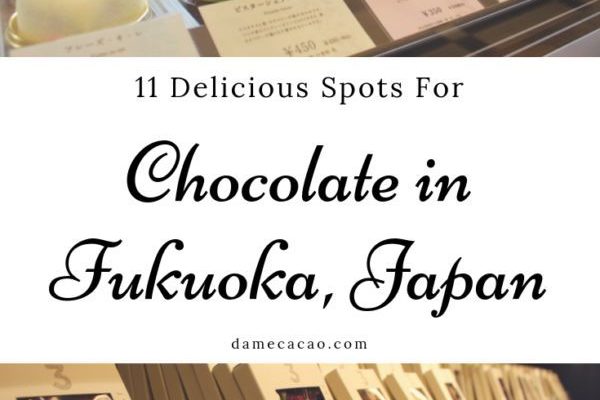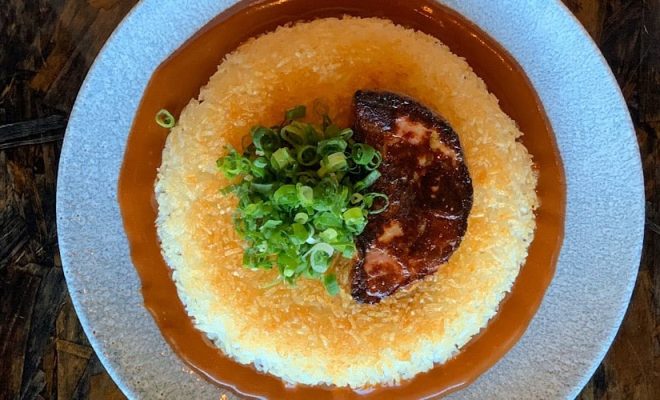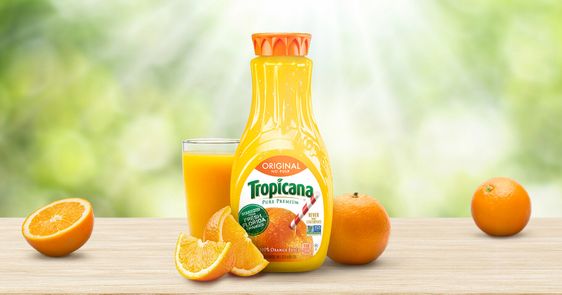The secret history of Japan’s best sweets

Japan’s confectionary culture is as rich and varied as its history, steeped in traditions that date back centuries. These sweets, known locally as ‘wagashi’, have a secret history that is intertwined with the cultural and social aspects of Japan.
The origins of wagashi can be traced back to the Yayoi period (300 BC to 300 AD), where mochi, a type of rice cake, was made for gods and nobility. However, it was during the Heian period (794 to 1185) that these sweets began to gain prominence among the aristocrats who enjoyed an elegant form of poetry called “utamakura,” which often featured references to sweets and desserts.
One of the best-known traditional Japanese sweets is ‘Dorayaki’. Legend has it that in the 16th century, a samurai named Benkei forgot his gong (dora) at a farmer’s house where he had taken refuge. To show her gratitude for his protection, the farmer’s wife shaped pancakes around the gong to create what resembled a filled pancake sandwich. It wasn’t until several centuries later that these became widely enjoyed with sweet azuki bean paste filling.
Another sweet with an intriguing backstory is ‘Manjū’. Introduced from China in the 14th century by a Japanese envoy, it underwent a transformation when steamed with rice flour mixed in, leading to its unique texture and flavor. Manjū often features intricate designs on its exterior – symbols that can represent seasons, festivals, or wishes for good fortune.
‘Matcha’, which has recently gained international popularity, has been integral to Japanese sweets for centuries. The preparation and consumption of matcha were elevated to an art form in tea ceremony practices. This finely ground green tea powder often flavors many wagashi, adding a bitter contrast to their inherent sweetness.
‘Taiyaki’, fish-shaped cakes filled with red bean paste or custard, have a relatively recent history originating from the Meiji era (1868-1912). The shape is symbolic of tai (sea bream), which is associated with good luck and celebration in Japanese culture.
Over time, wagashi have not only become a treat for special occasions but also everyday enjoyment. Seasonal motifs are common in wagashi, reflecting Japan’s deep reverence for nature. Cherry blossoms, maple leaves, and snow are just some of the shapes and flavors incorporated into these sweets to celebrate the changing seasons.
The process of making wagashi is considered an art form requiring years of apprenticeship. Wagashi masters use natural ingredients like bean paste, rice flour, and agar-agar to craft pieces that are as beautiful as they are delicious.
In conclusion, Japan’s best sweets carry with them stories that span centuries. From being made as offerings for deities to becoming commercialized goods enjoyed by people all over the world – each piece holds within it a fragment of Japan’s rich culture and history. As more individuals come to appreciate these edible art forms, they’re not just indulging in sugary delights but also partaking in an ancient tradition that continues to evolve with each passing year.






